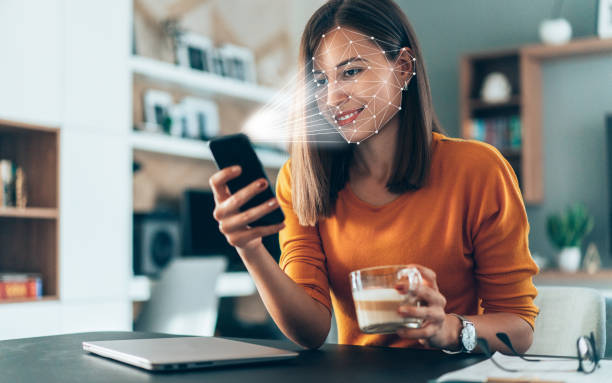

Every day, we encounter hundreds of faces. We see them at work, at home, on the tram, in the park, and through the screens of their phones and social media accounts. Human faces are so evident to us visually that we rarely consider the processes by which our brain recognises and classifies them. The fields of neuroscience and cognitive science attempt to explain how the human brain recognises faces and then adapts them to a particular individual.
We are able to go one step further because of technological advancements: we can train artificial intelligence to identify and validate human faces. One of the most widely used techniques for identity verification ID verification services nowadays is the use of facial biometric technology. What is the human equivalent of this procedure, and how is it carried out by machines?
The biometric system is giving its services in every industrial sector; the wonders of these solutions can not be denied. The digital media holds all the clients’ information, such as their names, identity cards, residential address proof, and bank statements. It is easy for hackers to access all this information and then use it illegally.
Privacy is the fundamental right of everyone, and it is the core value of the business to safeguard personal information; organizations must preserve the credentials of the company. Face recognition deep learning can be employed to mitigate data breach issues.
Table of Contents
The digital shift has enhanced the importance of robust security measures; businesses must comply with these regulations to minimize their risk rate. The verification process is done online; no actual client presence is required. The negative side of this convenience is that it has also gained the attention of hackers; the scammers drive new tricks and techniques to dodge the scanner.
They perform spoofing or presentation attacks to decode the algorithm of the customer account. The businesses must ensure that the actual individuals are trying to get access; for this purpose, the user’s liveness is checked. The customers have to respond to the instructions on the screen, and the system in the back end ensures that the person is authentic.
In 2023, according to the survey of the Chief Information Security Officer (CISO) in Sweden, 9 out of 10 individuals claimed that their organization had lost sensitive data in the past 12 months. If the company’s data is unsafe, it is impossible to survive in the business market. The competitors can also steal the company’s credentials and then use them to destroy the brand image of that organization.
Therefore, businesses must ensure that their data is secure and that it is impossible to decode their accounts. For example, the factory warehouse contains the company’s most valuable assets, so the security of the particular territory of the organisation is essential. The business has to integrate the scanners so that. Only verified individuals can enter the factory. Facial recognition deep learning uses advanced tools and does not commit any mistake; this solution allows only live clients to bypass the account.
The world is increasingly becoming interconnected; therefore, security must ensure the other person is genuine and authentic. It is impractical for the hacker to decode the deep learning because the scanner detects the presentation and spoofing attacks. The biometric machine immediately detects irregular activity; the solution checks the face’s skin textures, spots, and blemishes. The companies can enhance the security of their sensitive areas, as only verified people can cross the territory. The entry of wanted criminals or illegal persons is strictly prohibited; the scanner does not allow them to bypass.
Sign up to receive our email, delivering the latest stories straight to your inbox.
